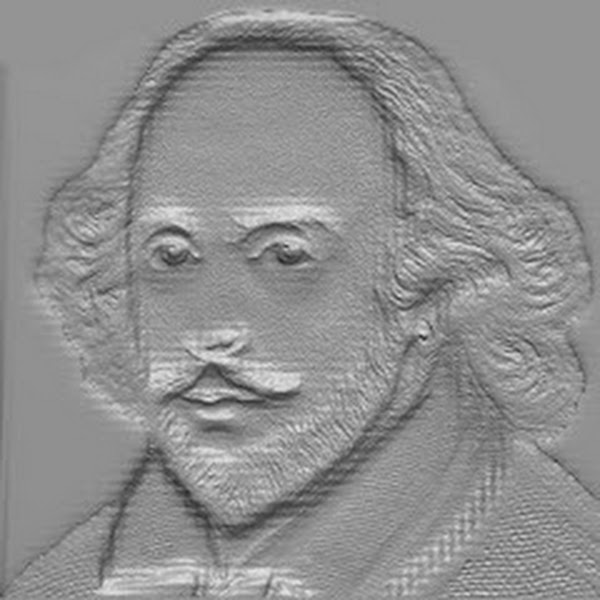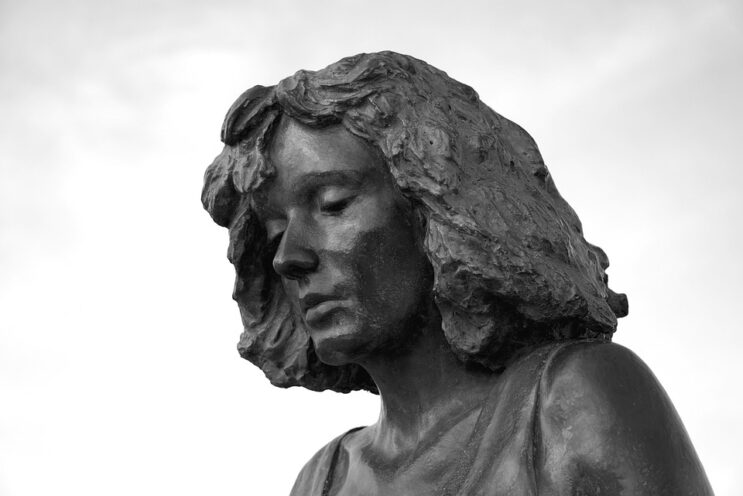The Sapir-Whorf Hypothesis Language and thought are closely connected. Language is not only a tool for communication but also a way of shaping how people think and see the world. The Sapir-Whorf Hypothesis is one of the most important ideas in linguistics. It explains that the language we speak influences the way we think. It
A Tale of Two Cities
Sonnet 18 – Facts 1–10: Basic Information 11–20: Structure and Form 21–40: Themes 41–60: Line-by-Line Notes 61–80: Literary Devices 81–90: Contextual Information 91–100: Possible Quiz-Trick Questions
Characters & Relationships Plot Points Themes & Ideas Settings & Background Minor Details & Trivia
Analysis of Gone with the Wind Gone with the Wind is a sweeping historical romance novel by Margaret Mitchell, first published in 1936. It is set in the American South during the time of the Civil War and the Reconstruction era that followed. The story centers on Scarlett O’Hara, a determined young woman who faces
Chaucerian Age (1350–1400) Political UnrestThe Chaucerian Age was full of political tension. England faced many problems with the ruling class, the Church, and the common people. Power struggles and weak leadership created disorder in the country. These events often became part of the themes in the literature of the time. Hundred Years’ WarThe Hundred Years’
Anonymous WritingsMuch of the literature during the Middle English period was written by unknown authors. This was because writers were not yet considered individuals with personal fame. Works were often passed down orally or recorded by scribes who did not name the original creators. The focus was more on the message or moral of the
1. Stories of BattlesOld English literature often centers around war and conflict. Stories describe brave warriors who fight with swords and shields. These battles are not only physical but also moral, where good tries to defeat evil. The hero’s strength, skill, and loyalty to his lord are praised in these battle scenes. 2. Heroic PoetryHeroic
📘 Title: Sonnet 18 First Line: “Shall I compare thee to a summer’s day?”Poet: William ShakespeareWritten: Around 1609Form: Shakespearean SonnetGenre: Lyric poetry 📜 Text of Sonnet 18: Shall I compare thee to a summer’s day?Thou art more lovely and more temperate:Rough winds do shake the darling buds of May,And summer’s lease hath all too short
In the digital age, the first place customers look when they need a nearby service is Google. Whether it’s a bakery, hair salon, auto repair shop, or law office, people trust search engines to guide them to the best and closest option. That’s why local search engine optimization (local SEO) is no longer optional—it’s vital.
 CSP
CSP
